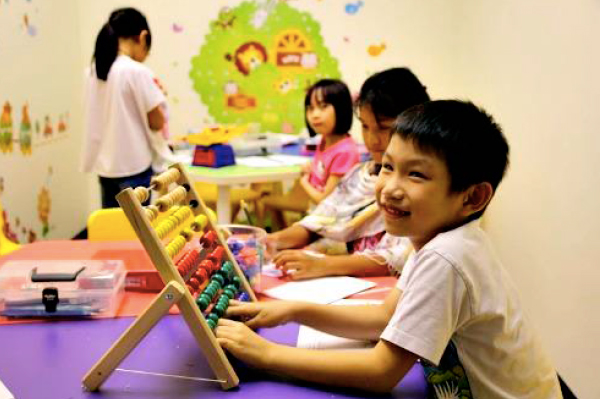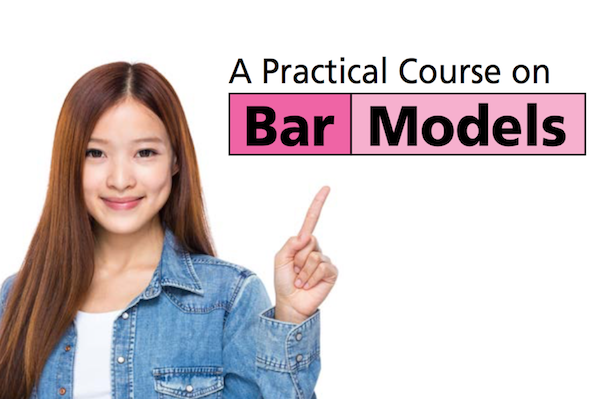SAM Maths Achiever’s Award



Highlight of the Summer Singapore Math Snakes & Ladder Program
You will have an option to choose from one of the 2 programs:
Normal Program – 3 days a week
Accelerated program – 5 days a week
Get Ready, the Game is on…


SAM wishes everyone a very Happy Independence Day!
As we celebrate our 72nd Indepence Day, we thought of sharing some interesting mathematical facts about our National Flag.
(FUN Time) Let us check how much you know about our National Flag:
Children of Pre-Primary Level (Upto Senior Kg)
Children of Primary Level (Class 1 to Class 3)
Children of Secondary Level (Class 4 to Class 6)
S.A.M is Revolutionizing Maths Teaching for Indian Children with its award winning math program for 3+ to 12 years old, based on Singapore Math Pedagogy. To experience how we can help your child “Excel in Maths” and to avail our special two weeks FREE TRIAL offer please click here.

S.A.M in the largest Singapore Math enrichment program in the world with more than 170 centres in 20 countries. S.A.E is structured Phonics and English program based on an established English program from the UK. We are offering individuals with an opportunity to become a Certified Trainer in both S.A.M and S.A.E and offer classes in Maths and English to children of your vicinity.
For further details please whatsapp us on +91-93266-31587 or email us on enquiry@sammaths.in



Do you find it challenging to get your children to learn Maths? Here are some useful secrets to help get them going:
1. Study Smart, Not Study Hard
Often, children may underperform in Maths when they have a poor grasp of the fundamental concepts. This might be due to that fact that they are learning Maths through rote memorisation and practice, without truly understanding the concepts or the problem-solving process.
Understanding concepts is very important. For example, 7 x 6 is 7 groups of 6 objects within each group. It is not just about memorising the multiplication table. Understanding the root concepts enables your children to figure out their own answers even if they forget the multiplication table.
Maths questions are usually non-routine nowadays, and they challenge your children’s minds in different ways. Remember – the process is more important than the product.
2. Demonstrate Ideas with Concrete Examples
Questions involving ‘less than’ or ‘more than’ in problem sums, for example, can be quite confusing for some children. You can demonstrate these ideas more clearly by using everyday objects such as paper clips or dried pasta pieces.
For example, to illustrate 3 more than 4 – place 4 paper clips on the table in a line, then add 3 more paper clips slowly to demonstrate ‘more than’. Instead of memorising the answer 7, your children can see for themselves what ‘3 more than 4’ actually means.
3. Take Sufficient Time and Care to Read the Question
Children often do not get the correct answer because they tend to read the question incorrectly, which is different from not understanding the question. Maths is more than just about numbers as it requires a significant amount of language processing. It is important for children to build on their language skills in order to read questions correctly.
4. Learn In Small Incremental Steps
Because Maths places great emphasis on conceptual understanding, practising at home in daily bite-sized chunks is better suited to children’s attention spans, rather than cramming a lot of information in one day.
Let your children learn in small incremental steps to build upon their knowledge day by day. Over time, a much stronger Mathematical foundation can be built this way.
For instance, you can start your children on practices for 15 to 30 minutes per day, gradually increasing the duration over time, if required. Alternatively, you can get them to complete one more question than the previous day. Also, create a consistent habit of practice by setting a specific time during the day for your children to do so.
5. Use Real World Examples as Stories
If you think about it, Maths is everywhere. For example, to explain what 1/4 means, you can illustrate it with a story about 4 children wanting to share a birthday cake. What do we do? What if there are 8 children who want to share the same cake? Will each child get more or less cake? Children learn better when they can see mathematics being applied in the real world.
With the secrets now revealed to you, you can nurture your children on their Mathematical journey of learning!


The bar model method is one of the key problem solving heuristics that students use to solve word problems in Singapore maths. It falls under the heuristic “draw a picture”.
By drawing a pictorial model of a word problem, students are able to visualise, represent and relate the known and unknown quantities in the word problem. This allows students to understand the word problem and find the solution to it. Bar models help students develop their mathematical thinking, communication, reasoning and problem-solving skills.
There are two main types of bar models, the part-whole model and the comparison model.

Word problems can be solved using variations or a combination of the two main types of bar models. Here is an overview of how bar models are used to solve word problems on different math topics.
1. Whole Number (P4)
Jimmy has 364 more cards than Tim. If Jimmy gives 210 cards to Tim, how many more cards does Tim have than Jimmy in the end?

2. Fractions (P5)
At a party, 1/2 of the adults is equal to 2/5 of the children. If there are 279 people altogether, how many children are there?

3. Decimals (P4)
2 teachers and 6 pupils visited a zoo. Each teacher paid $24.60 and each pupil paid 1/3 of the amount for the entrance fees. How much did they pay altogether?

4. Ratio (P6)
A a school concert, 1/5 of the audience was adults and the rest was children. There were 567 more children than adults. The ratio of the number of boys to the number of girls was 2:7. How many girls were there at the concert?

5. Percentage (P6)
At a Family Day event, 25% of the participants were parents. There were 84 more boys than parents who participated. The remaining 166 participants were girls. How many participants were there altogether?
